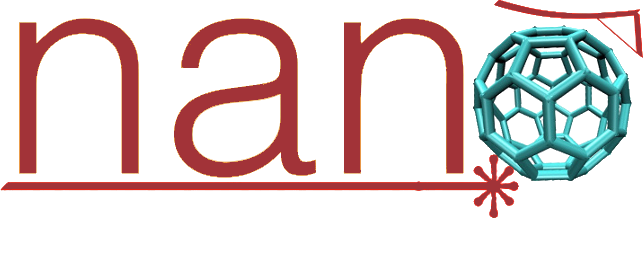O professor Javier Junquera, um dos desenvolvedores do SIESTA montou um tutorial com várias palestras, exercícios e exemplos sobre como utilizar o programa. Vejam abaixo e visitem sua página.
Self-explained SIESTA tutorial
Updated April 2016
- Here we present a collection of theoretical lectures and self-explained SIESTA exercises compiled during the years on many schools and tutorials. I would like to acknowledge the collaboration of the SIESTA team during the preparation, testing, and cleaning of the exercises:
| Emilio Artacho | CIC Nanogune | San Sebastián (Spain) | ||
| Julian Gale | Curtin University of Technology | Perth (Australia) | ||
| Alberto García | Institut de Ciència de Materials de Barcelona (ICMAB-CSIC) | Barcelona (Spain) | ||
| José Soler | Universidad Autónoma de Madrid | Madrid (Spain) | ||
| Pablo Ordejón | Institut Català de Nanociència i Nanotecnologia (ICN2) | Barcelona (Spain) | ||
| Daniel Sánchez-Portal | Unidad de Física de Materiales, Centro Mixto CSIC-UPV/EHU | San Sebastián (Spain) |
- The present exercises are just simple examples to show how-to run different capabilities of SIESTA. Before running a calculation for production, test the pseudopotentials, basis sets, and perform the convergence tests (mesh cutoff, k-grid sampling, etc). Some of these parameters have been chosen for you to speed up the calculations, and might not be converged.
- Please, report any error or mistake that you could detect on these exercises to: javier.junquera -- unican.es
Openings
Some openings for PhD fellowships funded by the University of Cantabria are available. If you are a Master student who wish to work in the field, please take a look at this call
The Theory of Condensed Matter Group at the University of Cantabria is willing to support personal applications to PhD and post-doctoral fellowships offered by funding agencies from Spain and Europe (through the Marie Skłodowska-Curie actions)
Theoretical sessions
Updated October 2015
- Fundamentals: the quantum mechanical many-body problem and the Density Functional Theory approach
PowerPoint Version -- pdf Version - How to run Siesta
PowerPoint Version -- pdf Version - Pseudopotentials
PowerPoint Version -- pdf Version - Atomic orbitals of finite range as basis sets
PowerPoint Version -- pdf Version - Brief introduction to the internal algorithms for computation of matrix elements and the electronic structure
PowerPoint Version -- pdf Version - Simulations of periodic systems. The sampling in reciprocal space. Computation of band structures in solids.
PowerPoint Version -- pdf Version - Calculations of vibrational spectrum and phonons
PowerPoint Version -- pdf Version
Practical sessions using Siesta
Updated April 2016
- Basic exercises
- Setting up the atomic structure
- Pseudos (work done in deep collaboration with Alberto García)
- Basis sets
- Converging the simulations
- Computing structural and electronic properties of materials
- Computing vibrational properties of materials
- Molecular Dynamics
- Playing with the electrostatic boundary conditions
- Interface with WANNIER90
- Complete characterization of a material: the case of SrTiO3

